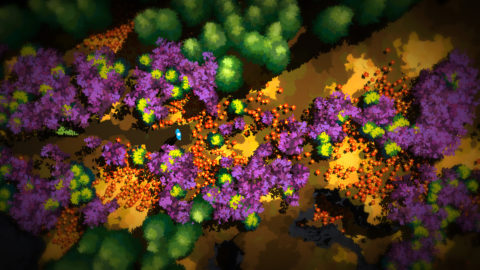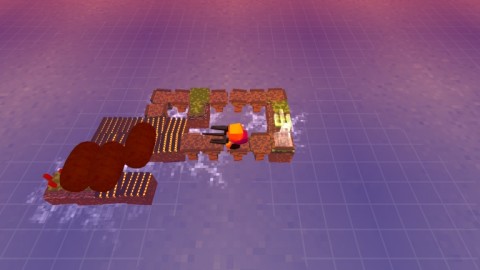
The Witness swaps polygons for pixels in its NES demake
For all its naturalistic beauty, one of the more interesting lines to come out of reviews for The Witness when it dropped earlier this year was that it didn’t actually need to be in 3D. Creator Jonathan Blow and his team may have spent eight years crafting the game world’s intricate details, but conceptually, as noted by Dan Solberg in Kill Screen’s review for the game, as well as popular YouTube journalist George Weidman in his own, it is most similar to a collection of newspaper brainteasers or a book of riddles. This isn’t necessarily a bad thing. Even while the player interacts with…







